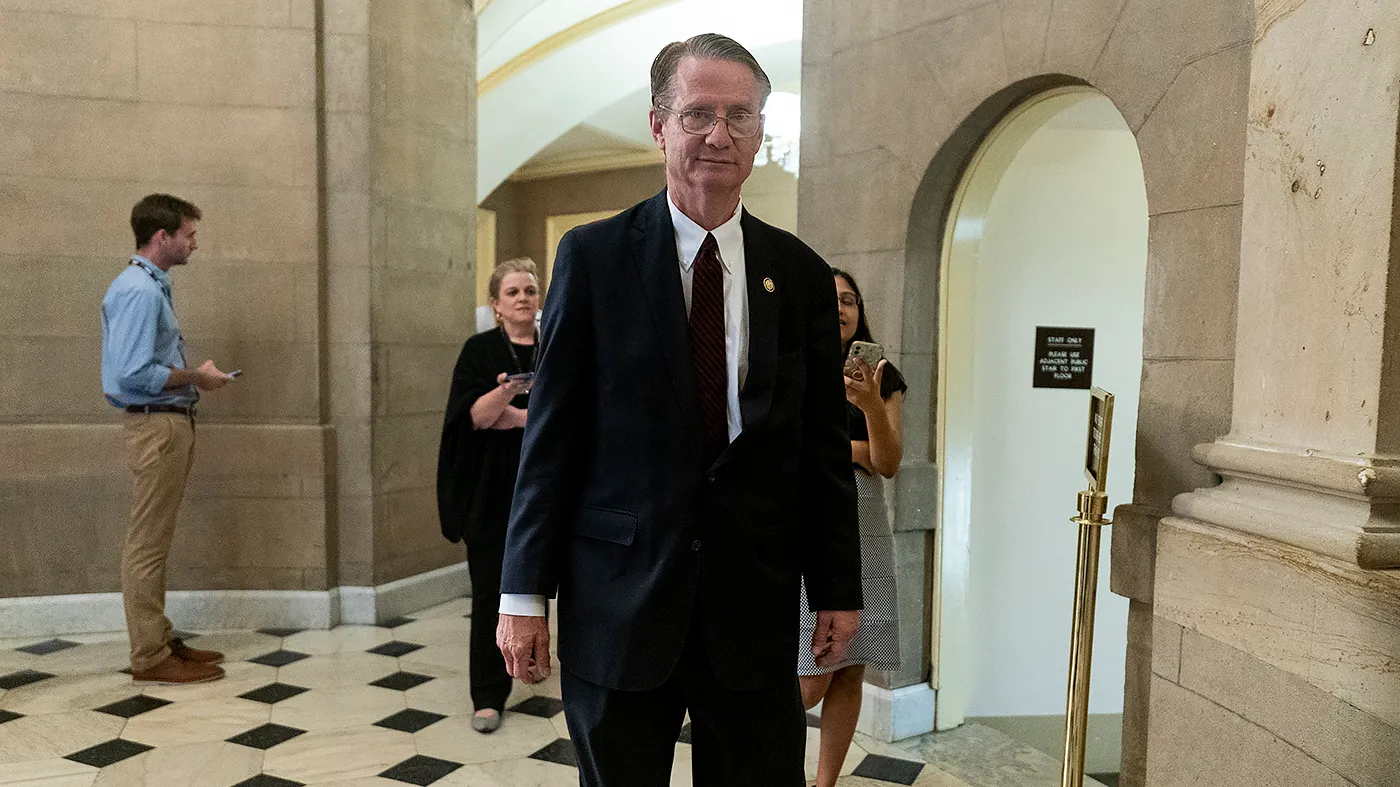Switzerland Moves to Zero Interest Rates as Deflation Pressures Mount
Switzerland Moves to Zero Interest Rates as Deflation Pressures Mount
By
David Goldfarb
Last updated:
June 19, 2025
First Published:
August 3, 2025

Photo: ZAWYA
Switzerland Enters Zero Interest Rate Era Amid Persistent Deflation Risks
The Swiss National Bank (SNB) cut its key policy rate by 25 basis points to 0% on Thursday, marking a significant shift in Europe’s monetary landscape as Switzerland officially enters a zero-interest-rate environment. The decision, widely anticipated by markets, reflects growing concerns about sustained low inflation, a strong Swiss franc, and rising global uncertainties.
Markets Anticipated the Move
Ahead of the decision, traders had priced in an 81% probability of a quarter-point cut, while a minority saw a chance for a larger 50-basis-point reduction. The SNB ultimately opted for the more moderate approach, with Chairman Martin Schlegel emphasizing that the move was driven by a need to address medium-term inflation expectations rather than reacting to short-term negative inflation prints.
"Inflationary pressure has decreased compared to the previous quarter. With today’s easing of monetary policy, the SNB is countering the lower inflationary pressure," the central bank stated.
Switzerland’s Unique Deflationary Landscape
While most major economies continue battling stubborn inflation, Switzerland faces the opposite dilemma. In May, consumer prices fell 0.1% year-on-year, marking a return to deflation. The SNB revised its inflation forecasts downward, now projecting an average of 0.2% for 2025 and just 0.5% for 2026.
Unlike most global economies, Switzerland is no stranger to deflation. Throughout the 2010s and 2020s, the country experienced multiple episodes of falling prices, largely driven by its powerful currency. The Swiss franc, seen globally as a safe-haven asset, tends to strengthen during periods of international financial uncertainty.
“As a safe-haven currency, the Swiss franc tends to appreciate when there is stress on world markets,” explained Charlotte de Montpellier, senior economist at ING. “This systematically pushes down the price of imported products,” she added, noting that Switzerland’s status as a small, open economy amplifies the effect.
The Franc’s Strength Complicates Monetary Policy
The appreciation of the franc has been particularly notable in recent months, fueled by heightened global instability. After the SNB's rate decision, the currency strengthened slightly, with the U.S. dollar trading flat against the Swiss franc.
The strong currency has forced the SNB to consider keeping rates systematically lower than global peers to counteract deflationary forces. Lower rates help reduce upward pressure on the franc by discouraging capital inflows seeking higher yields.
Could Negative Rates Return?
With rates now at zero, some economists are raising the prospect of a return to negative interest rates, which Switzerland maintained for much of the previous decade. Adrian Prettejohn, Europe economist at Capital Economics, told CNBC he expects rates could drop to -0.25% this year, and warned they could go as low as -0.75%, the level last seen during the height of Switzerland’s negative rate experiment in the 2010s.
However, SNB Chairman Schlegel stressed that any decision to re-enter negative territory would not be taken lightly. "The hurdle to go negative is certainly higher than just a lower interest rate in positive territory," he noted, citing potential side effects such as risks to savers and bank profitability.
Risks of Prolonged Negative Rates
Negative interest rates can offer temporary stimulus by lowering borrowing costs and encouraging investment. However, they carry significant long-term risks. Savers may see returns on deposits erode, banks may struggle to maintain healthy margins, and prolonged negative rates could distort financial markets.
“Eventually, negative rates might distort financial markets, compress bank margins, and raise concerns about long-term financial stability,” warned ING’s de Montpellier.
Global Outlook Adds to Uncertainty
The SNB emphasized that much of Switzerland’s economic outlook hinges on developments abroad. Ongoing global tensions, including trade disputes, currency volatility, and geopolitical instability, will continue to influence the franc’s strength and inflation dynamics.
With global economic uncertainty persisting, Switzerland’s unique monetary challenges highlight how even advanced economies are navigating complex trade-offs between currency stability, inflation control, and financial stability.
The SNB’s next policy meeting is scheduled for September, where investors and economists alike will watch closely for any further signs of a deeper shift into negative rate territory.
Popular articles
Subscribe to unlock premium content
Why Mauritius Is Leading the World in Luxury Underwater Hotel Experiences

The Evolution of Mercedes-Benz From Karl Benz’s First Motorcar to Today’s Luxury and Electric Innovations

The Secret Coffee Economy of Yirgacheffe, Ethiopia, and Its Global Influence

Why Mauritius Is Leading the World in Luxury Underwater Hotel Experiences

The Evolution of Mercedes-Benz From Karl Benz’s First Motorcar to Today’s Luxury and Electric Innovations

Why Mauritius Is Leading the World in Luxury Underwater Hotel Experiences









